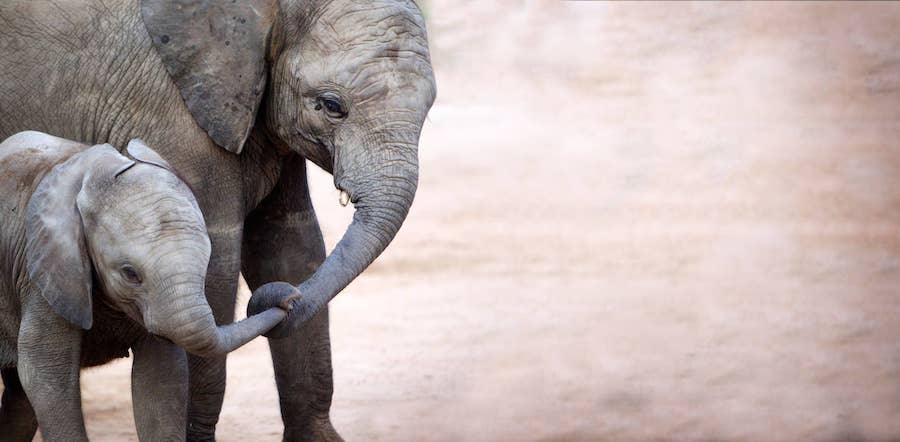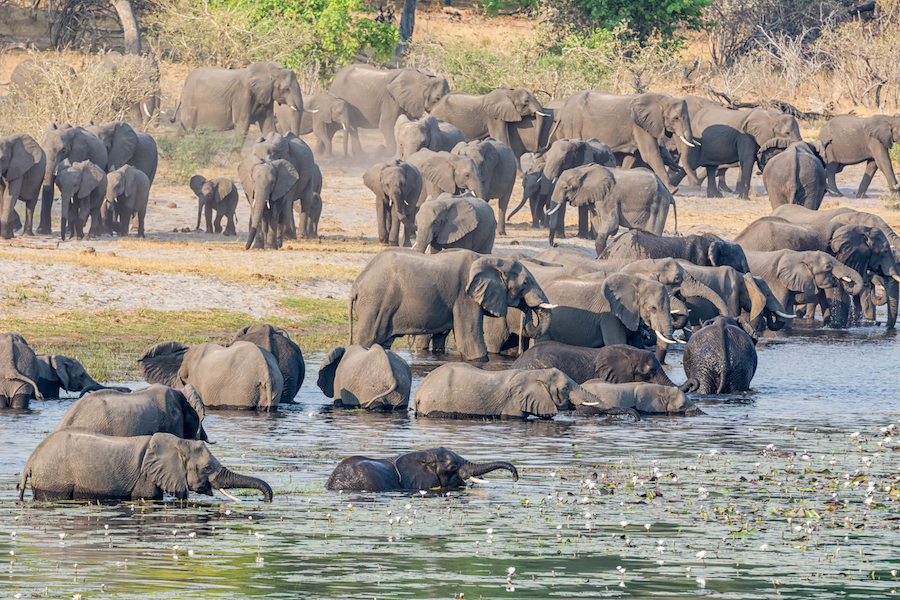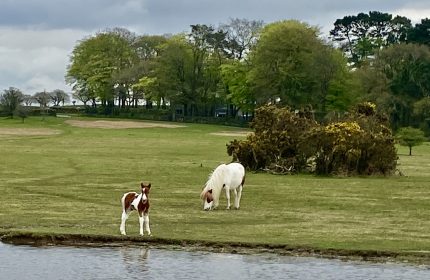World Elephant Day: 8 things we bet you didn’t know
These magnificent animals never cease to surprise
Elephants dominate the savannas of Africa and the forests of South Asia, wandering vast swathes of territory to find good grazing opportunities.
Long poached for the ivory in their tusks, multiple species of elephant are now on the International Union for Conservation of Nature’s Red List and their population is decreasing. According to the WWF, there are only 415,000 elephants left across the whole of Africa, while fewer than 50,000 Asian elephants remain.

To mark World Elephant Day, here are eight facts you may not know about one of nature’s most beloved animals…
1. They are the world’s largest land animal
For sheer mass, nothing that walks on land comes close to the bulk of an adult African elephant. These mighty beasts can top three metres in height and six tonnes in weight – putting rhinos, hippos and even Asian elephants firmly in the shade.
They are, however, a long way from beating the all-terrains record. A blue whale’s tongue alone can weigh as much as a full-grown male elephant.

2. They genuinely never forget
Elephants have enormous brains – the biggest in the animal kingdom – and have particularly large prefrontal lobes, giving them the meticulous memories they’re so renowned for. Famously, two circus elephants that performed together in their youth greeted each other rapturously when reunited 23 years later.
These intelligent animals can also recognise themselves in mirrors, joining humans, primates and dolphins as the only creatures to display self-awareness.

3. Their trunks are exceptionally dextrous
There are more muscles in an elephant’s trunk than in the entire human body.
Packed with power and capable of painstaking precision, an elephant can use its trunk as a snorkel when swimming and as an all-purpose tool for grooming, carrying and drinking. An elephant can use its trunk to pick up, prise open and consume something as small as a single peanut.

4. Elephants can be right or left-tusked
Just like humans, elephants can be right or left-sided, and show a strong preference for using one tusk to the exclusion of the other. As with humans, most are right-tusked, while a lucky few seemingly ambidextrous.
5. They can communicate using vibrations
Elephants communicate with each other on several levels simultaneously, using touch, body language, and their notoriously deafening trumpet calls. They can also relay messages by stamping – picking up different vibrations with their round, flat feet.

6. Elephants can’t jump
If you weighed six tonnes, you’d struggle to jump too! But it’s not just their weight keeping elephants ground-bound – it’s their own biology. All the bones in their legs point downwards, meaning they cannot summon the ‘spring’ required to push off powerfully from a surface.

7. They use sun screen
When the midday sun starts to sizzle, elephants will douse themselves in protective layers of dust, mud or sand, usually applied by rolling around in it for several minutes. An elephant’s skin is exceptionally important to its wellbeing – around two and half centimetres thick, its folded hide stores water far better than flat skin could.

8. An elephant’s pregnancy lasts almost two years
Pity the mother elephant, who must carry and nourish her young in utero for 22 months before finally giving birth to live young that can weigh 120 kilos or more. Remarkably, elephants remain fertile and able to reproduce until they are 50 years old or more, but usually carry only one baby at a time. Only one per cent of elephant births results in twins.
The Press Association
Latest posts by The Press Association (see all)
- Kate’s new photo of Louis released to celebrate prince’s sixth birthday - April 23, 2024
- Alan Titchmarsh: Slugs are never going to be my friends - April 23, 2024
- Prince Louis celebrates sixth birthday - April 23, 2024
- Special episode of Planet Earth III to be narrated by schoolchildren - April 22, 2024
- Earth Day: 5 surprising things that might be harming the planet - April 21, 2024





















